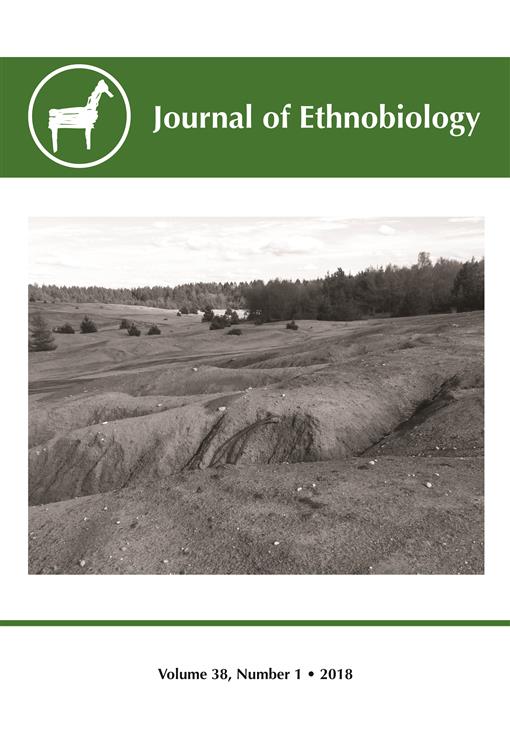The management of the Søby Brunkulslejer (the Søby brown coal area) landscape for deer hunting gives it a particular arrangement characterized by the alternation of dense forest, open clearings, and hochsitz (raised hunting blinds). Following the practices of landowners, hunters, and managers in the area, as situated and vernacular knowledges of deer behavior, perception, and habitat preferences (that is, as ethno-ethological knowledge), we show how the Søby landscape is constructed as an environment that entices and entraps large populations of deer, in particular the large and highly prized game animal, red deer (Cervus elaphus). Engaging with the ecological concept of the “landscape of fear,” which predicts that predation pressure structures how prey species utilize vegetation, terrain, and gradients between habitat types, we show how landowners actually work to generate a landscape of calmness in order to encourage large populations of deer to dwell on their property holdings. In working to produce the opposite of a landscape of fear, we show that it is the humans that end up feeling subject to surveillance and the risk of encounter, and modulate their activities and movements in the landscape according to anticipations of where deer are and how they behave. In the interactions between humans and deer that shape the landscape, other forms of affect emerge and in turn alter species relations.
How to translate text using browser tools
1 March 2018
Landscapes of Anticipation of the Other: Ethno-Ethology in a Deer Hunting Landscape
Natalie Forssman,
Meredith Root-Bernstein
ACCESS THE FULL ARTICLE
It is not available for individual sale.
This article is only available to subscribers.
It is not available for individual sale.
It is not available for individual sale.

Journal of Ethnobiology
Vol. 38 • No. 1
March 2018
Vol. 38 • No. 1
March 2018
Cervus elaphus
ethno-ethology
hunting
landscapes of fear
vegetation management




